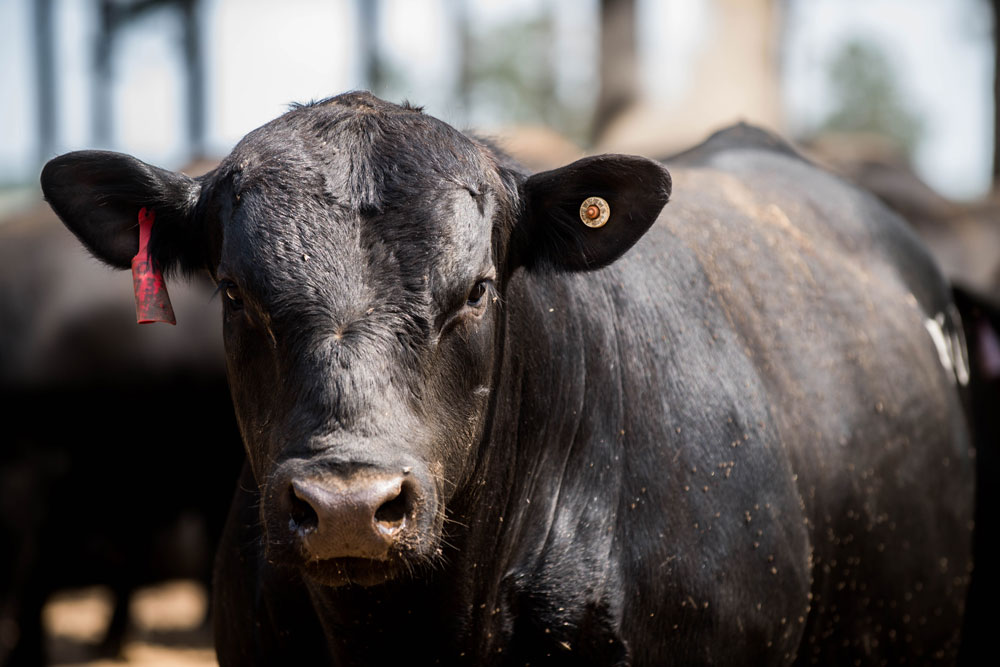
Breeding for the brand
New thresholds, familiar program guide bull buyers
By: Miranda Reiman
“Just because.”
It’s rare that anything great happens just because.
Sure, there are instances where a nonchalant approach turns out better than expected, but more often it’s a goal—a lofty aspiration, with progress along the way.
The Targeting the BrandTM program helps commercial cattlemen find bulls that will incrementally improve their carcass quality, and their ability to hit the Certified Angus Beef ® (CAB®) brand specifications.
For those who keep a scorecard, it helps them win.
“If a bull buyer wants a calf crop that has a greater chance of making CAB, it helps him identify the genetics that will help him do that,” says John Grimes, owner of Maplecrest Farms and CAB board chair. “The trait that sorts cattle out of CAB quicker than anything is lack of marbling.”
Flipping through a salebook or semen catalog, the Targeting the Brand logo shows up on bulls that excel in marbling (Marb) expected progeny difference (EPD) and the Grid Dollar Value Index, or “dollar G” ($G).
That’s been its purpose since 2017.
“It’s important to let people know which bulls meet the criteria that CAB is looking for,” says John Teixeira, of Teixeira Cattle Company. “There’s no premium for Select, there’s less premium than there used to be for Choice, but more for CAB and Prime. We’ve got to allow these bull customers to have the opportunities to know these might bring them a premium.”
His family’s ranches in California and Oregon have used the mark to identify bulls the past three years. Those who retain ownership will reap the benefit directly, he says, while those who sell at weaning can count on buyers putting more stock in that as time goes on.
The Teixeira sales were two of more than 130 that used the logo during the 2019-2020 sale season—that number up 76% in two years—to identify more than 6,500 Angus bulls with a likelihood of siring brand qualifiers.
Breeders who took advantage of the Targeting the Brand designation did it as a service to their customers, as a marketing avenue to showcase the quality in their offerings and as a way to elevate the importance of meeting consumer demand, says Kara Lee, CAB production brand manager.
“We have tremendous tools available to registered breeders through the Association, and they all serve a purpose, but we also know digesting all that information can be a challenge for the average commercial producer,” Lee says. “Targeting the Brand is a way to help those looking to keep a focus on carcass quality.”
Teixeira wants his genetics to build cow herds, maintain moderate growth and increase marbling.
“Our bull customers get so much information that it’s easy to be overwhelmed. When you put this label on there, it’s an easy way for them to identify, ‘Hey, I don’t have to know what their parameters are, but I know this bull meets them,” Teixeira says. “We do a lot with our eyes and it’s a quick visual that says, ‘Hey, this bull is in the world that I need.”
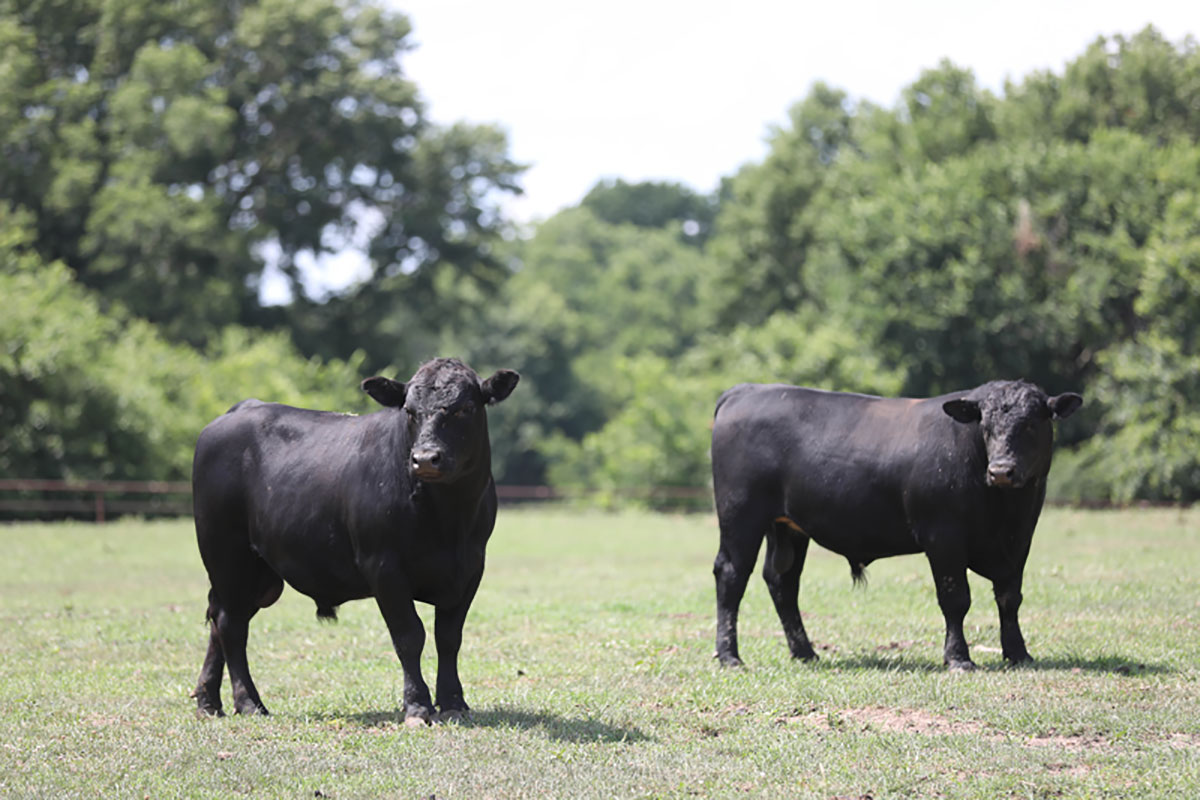
Beyond 35%
The CAB acceptance rate for the 2019 fiscal year averaged 35% of all Angus-type cattle. The CAB team is driving toward 50%, Lee says, as they push to meet consumer demand for quality and hit two billion pounds of sales in the next decade.
“If everyone wants to get a piece of the pie, we have to keep making the pie bigger,” Lee says. “That’s a cliché that a lot of people use, but the bigger the CAB pie becomes, the more room for commercial producers to capitalize on the value of buying high-quality registered Angus bulls.”
The better the ability to build bull-sale demand, the better the pull-through model works.
“The one-billion-pound mark seemed unachievable not too long ago. What can we do to keep that growth curve going up?” Grimes asks. “Breeders have done a great job of increasing the percent of cattle that qualify for CAB, but to get to that lofty goal of two billion pounds? We’ve got to do better.”
How do we get there?
One goal: encouraging more use of the Targeting the Brand logo within the seedstock sector, and communicating with their customers how to use it, Lee says.
Another step is updating the calculations behind the logo requirements. Until now, the standards were based on bulls at breed average or better for both Marb and $G.
“If we could keep moving average higher, that was a step in the right direction, and we based that on the best information we had available,” Lee says.
But actual carcass data provided a real-world, high-volume case study.
“We feel a sincere need to continue to encourage breeders to turn in phenotypes, because the numbers are only as good as the phenotype they’re based on,” Lee says.
That proved true when an Angus Genetics Inc. analysis of 8,600 sire-identified carcass records found the combined Marb and $G threshold most likely to produce CAB from at least half of a calf crop. As of the May 29 EPD update, the requirements for Targeting the Brand are now +0.65 for Marb and +55 for $G.
That is slightly higher than the previous breed average threshold, so one in four non-parent Angus bulls now qualifies for the designation. Those numbers will be evaluated every two years, and adjusted based on the most current information.
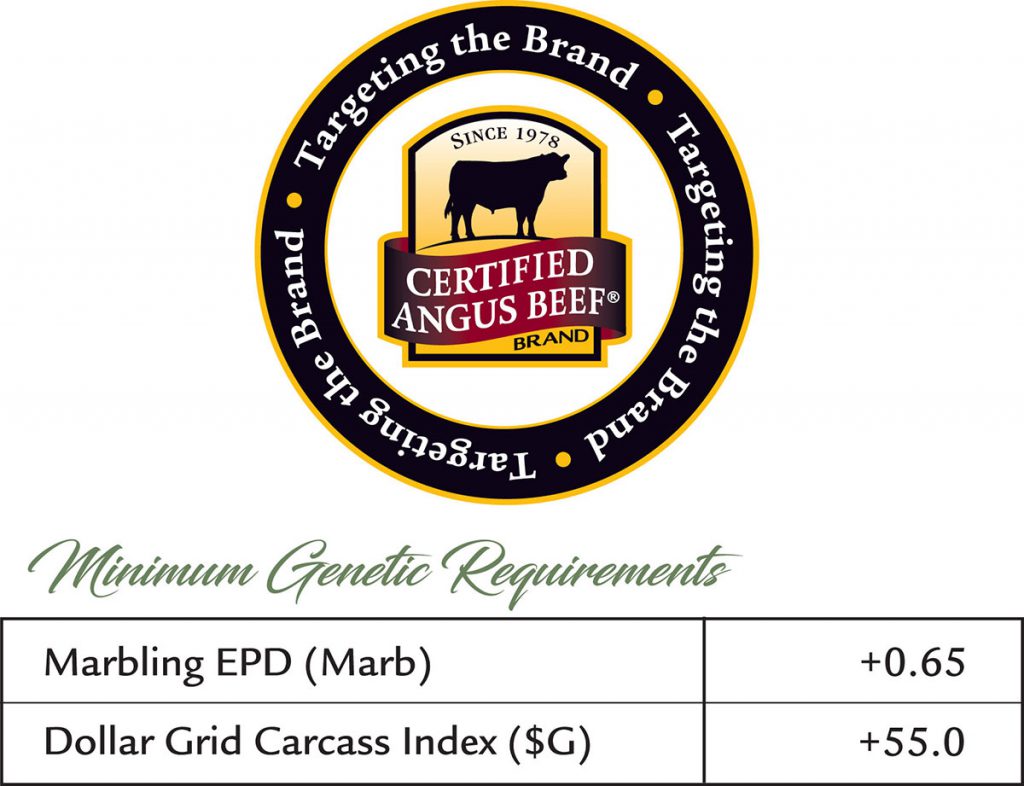
A place to start
“These are just minimums,” Lee says. Producers who already get 50% or higher CAB acceptance rates should aim higher.
“We know marbling is highly heritable. We know that genetics impact roughly 40% of the marbling potential in those cattle; but that said, there’s another 60% not explained by genetics,” Lee says. When environment plays a role, high-quality management has to match to get intended results. “The Targeting the Brand logo is not a guarantee that progeny from any animal will hit CAB. It’s an indication that the genetic potential is higher with that animal.”
And the sire is only half the equation.
“There are some people out there who will say, ‘All Angus grade high,’ or, ‘The average Angus is good enough,’” Grimes says. “But we don’t feel like average is good enough. The database says we have to up our game.”
Don’t mistake that for a marbling-only message though.
“These numbers give producers a lot of latitude to place emphasis on carcass but still select for other traits that we know are really important,” Lee says. “We always discourage producers from single-trait selection.”
History shows progress can be made on multiple fronts at the same time, Grimes says.
“People used to think we couldn’t have calving ease and high growth, and breeders have shown that they can do that. So it’s not realistic to think we can’t do the same with elite carcass merit and maternal function,” he says.
But multi-trait, focused selection doesn’t happen “just because.”
It happens every time a breeder gives it attention and helps their customers do the same.
Originally ran in the Angus Journal.
You May Also Like…
Targeting excellence
First-generation seedstock producers Kevin and Lydia Yon, along with their children, Drake, Sally, and Corbin, have been continuously improving their farm since they drove the first fence posts on what was a 100-acre abandoned peach orchard in 1996.
One tour at a time
Telling their story to the cattle curious was awkward at first for John and Gaye Pfeiffer. Now, they look forward to hosting hundreds of people every year, sharing everything about the beef cattle life cycle and why they choose Angus cattle on their central Oklahoma farm. Their dedication to teaching and connecting with those further down the supply chain earned them the 2021 CAB Ambassador Award.
Targeting excellence in all they do
Establishing a world-class seedstock operation in the Southeast didn’t happen overnight, and the family humbly insists they’re no different than many others. Indeed, their vision, use of technologies, and dedication to deliberate improvement make them unique.

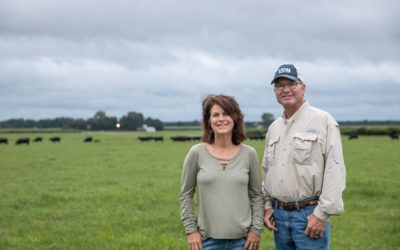
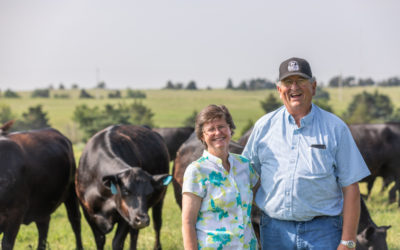
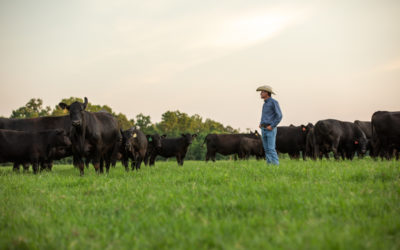

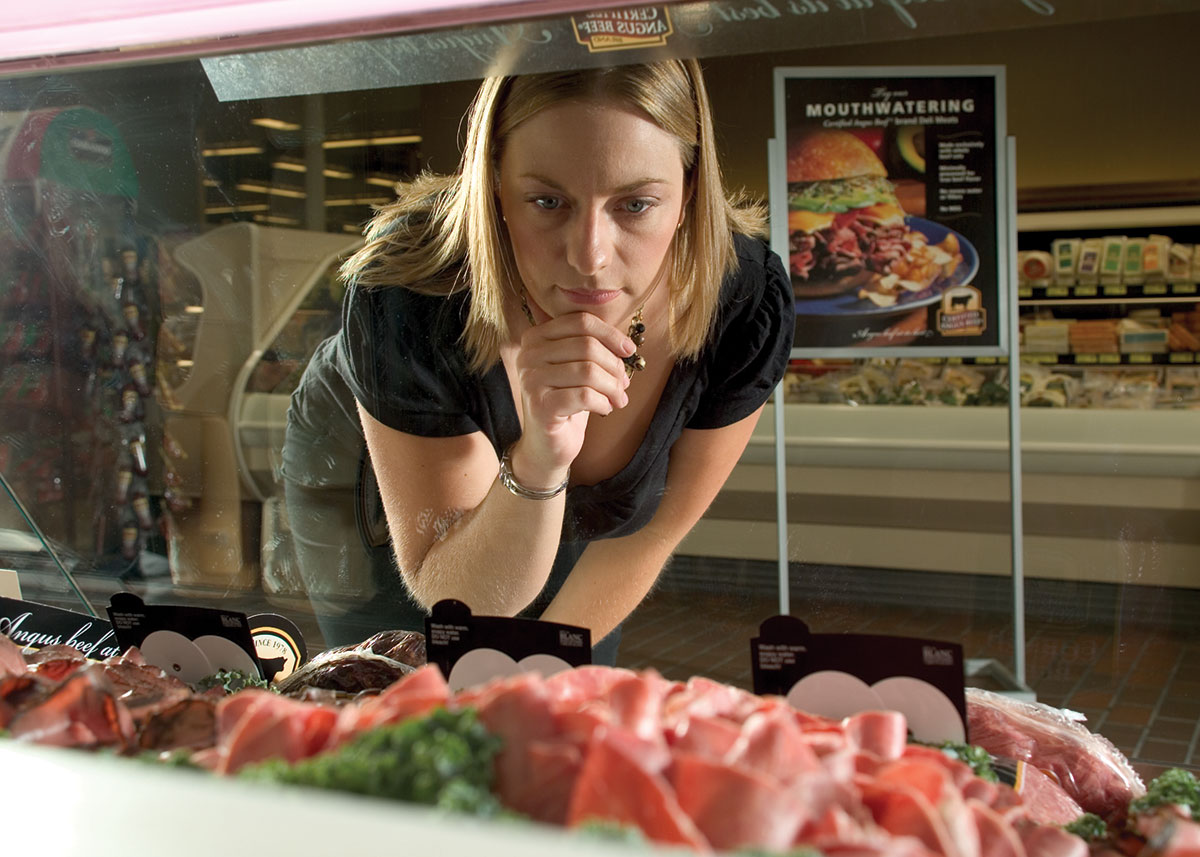
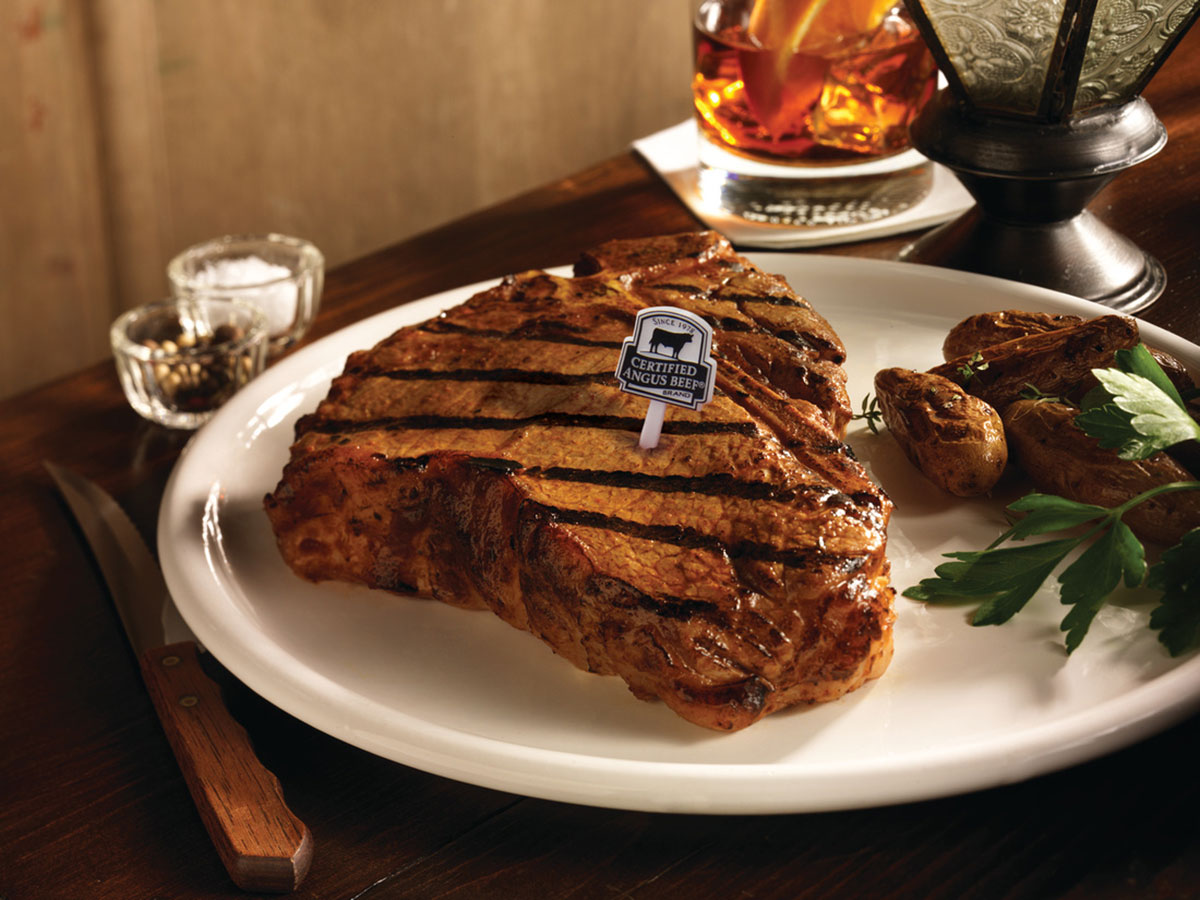
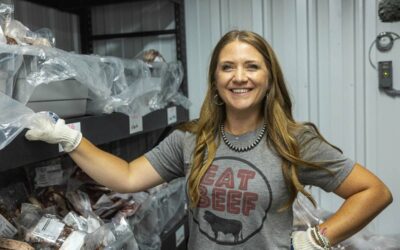



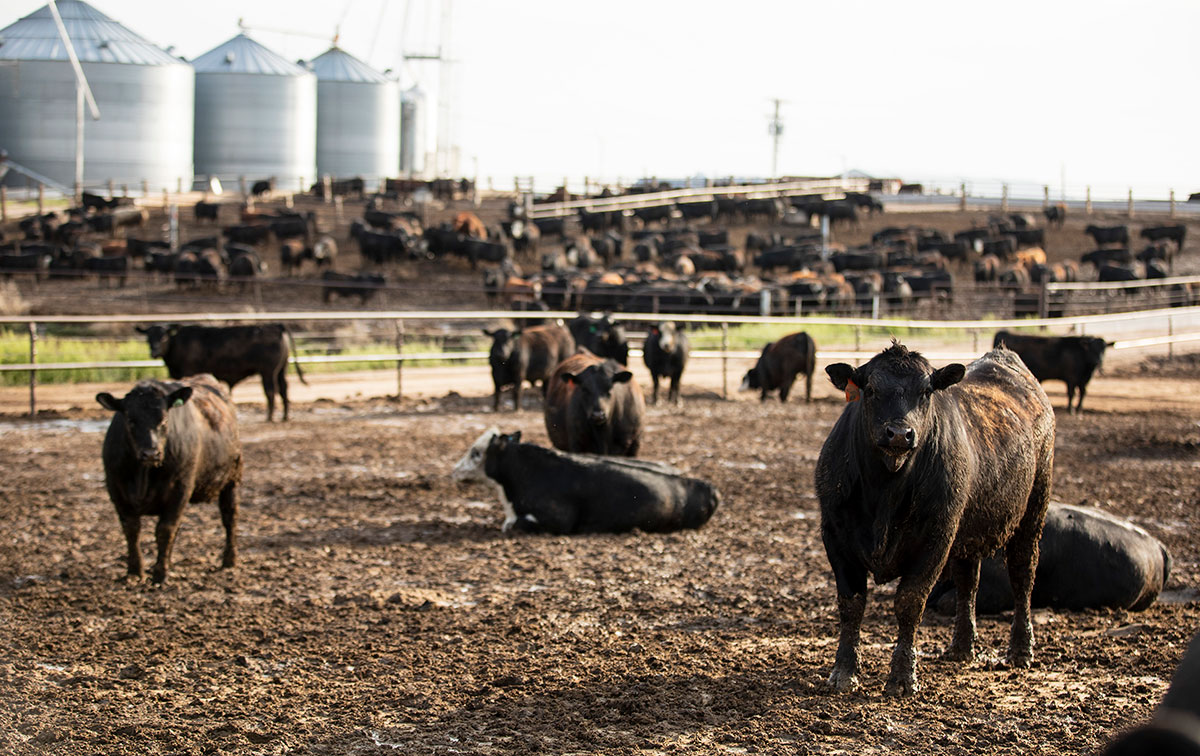
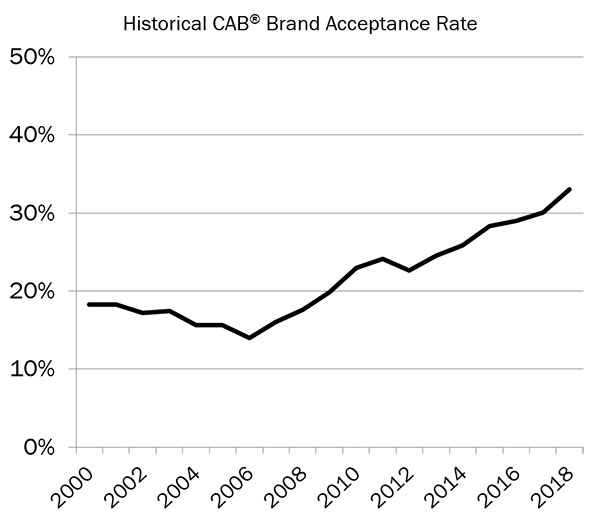 The Angus influence has grown steadily in the last 20 years. In the 1990s, about a third of the herd was black hided versus roughly two-thirds today.
The Angus influence has grown steadily in the last 20 years. In the 1990s, about a third of the herd was black hided versus roughly two-thirds today.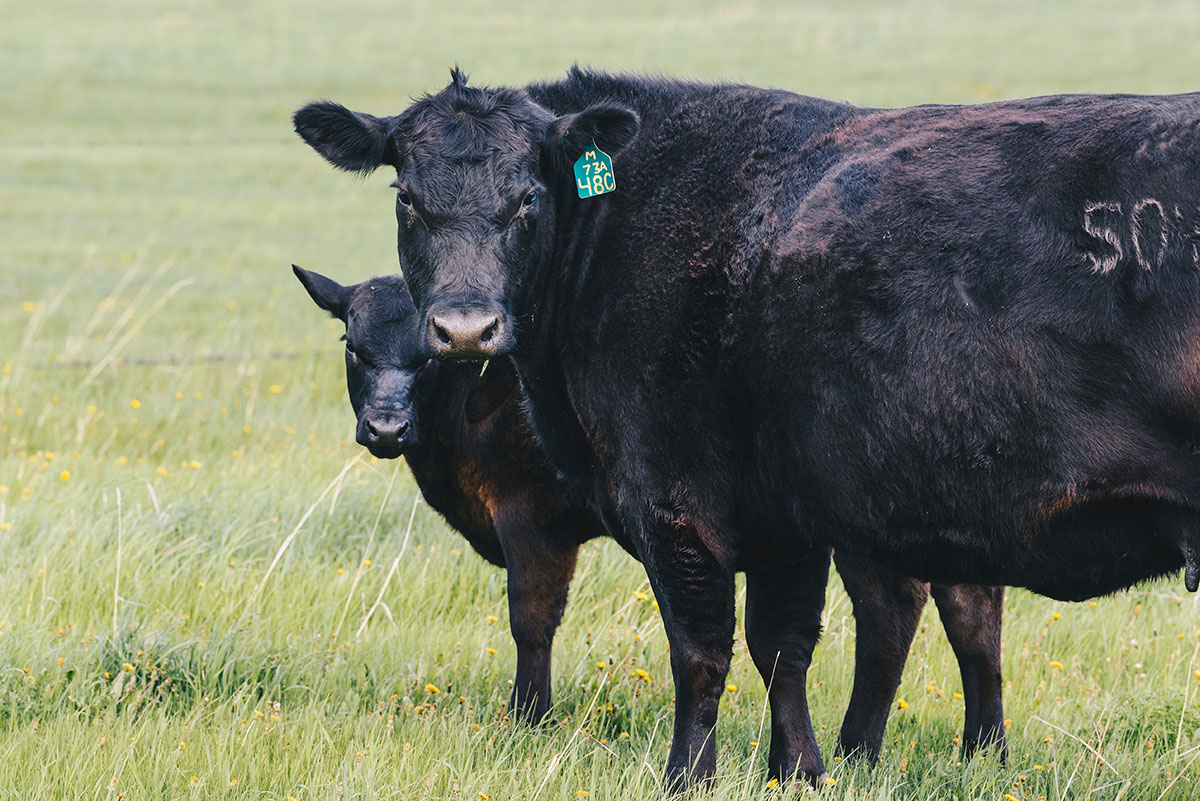

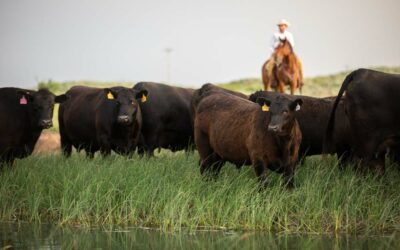


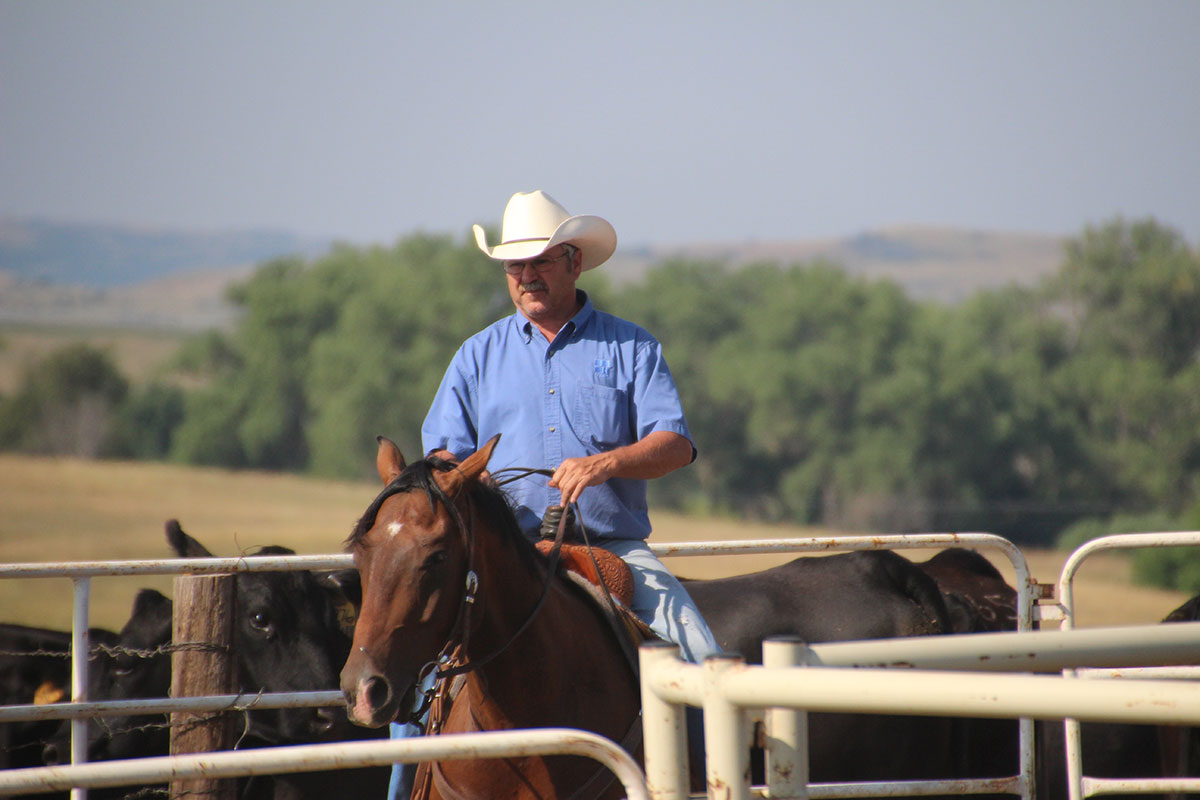
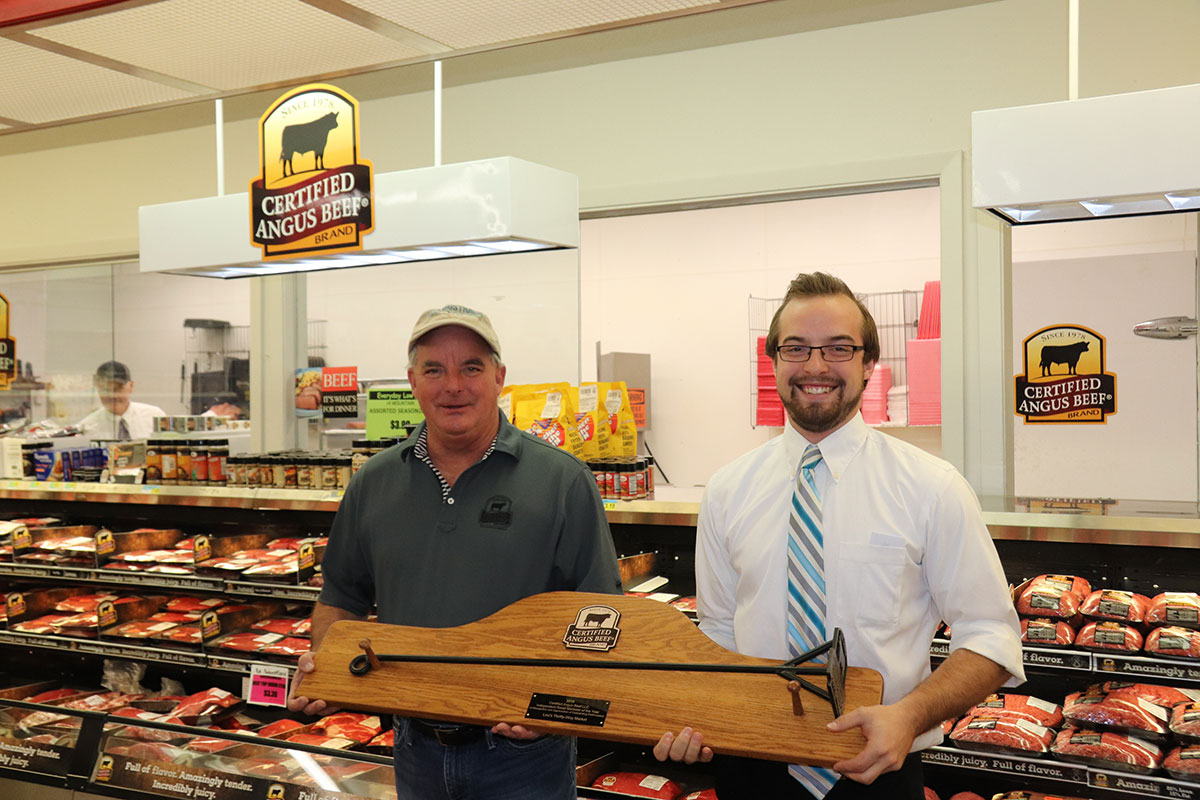
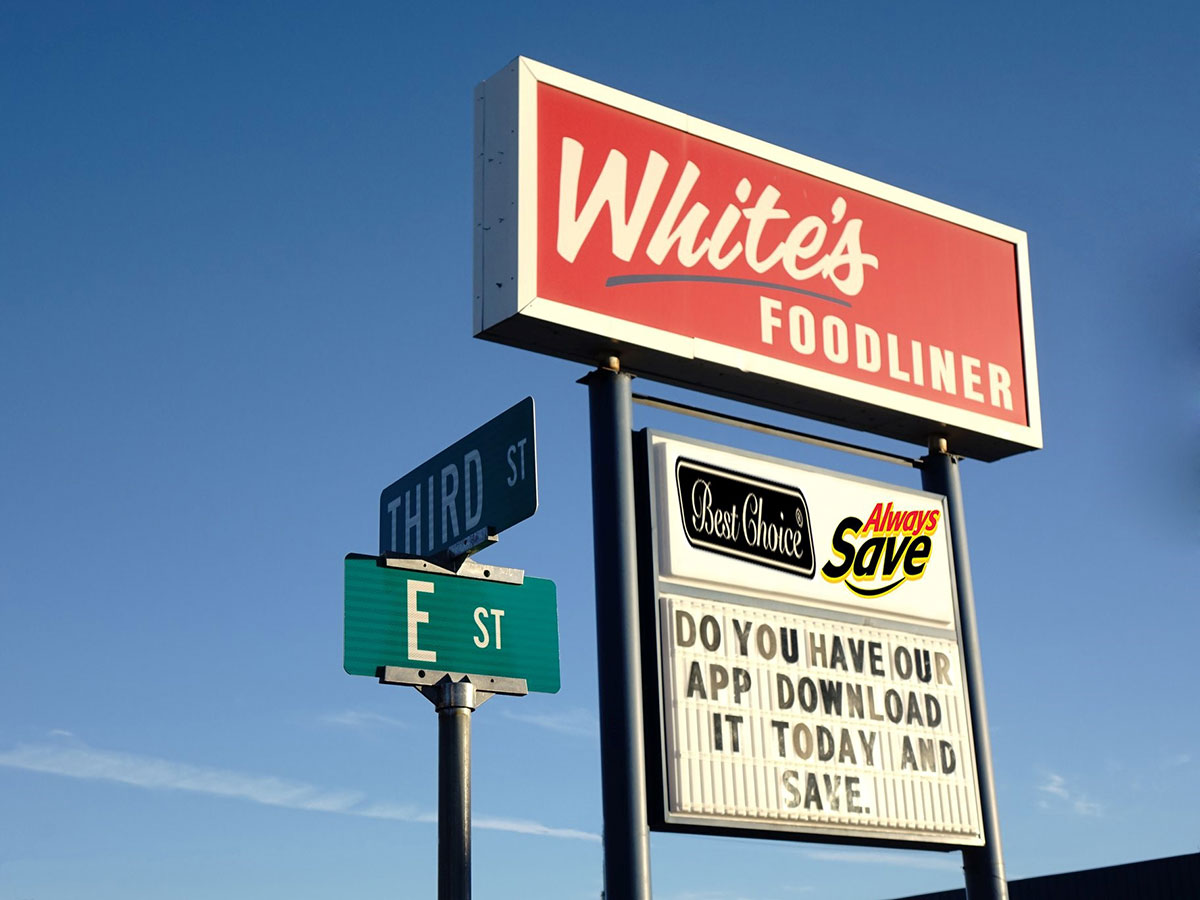
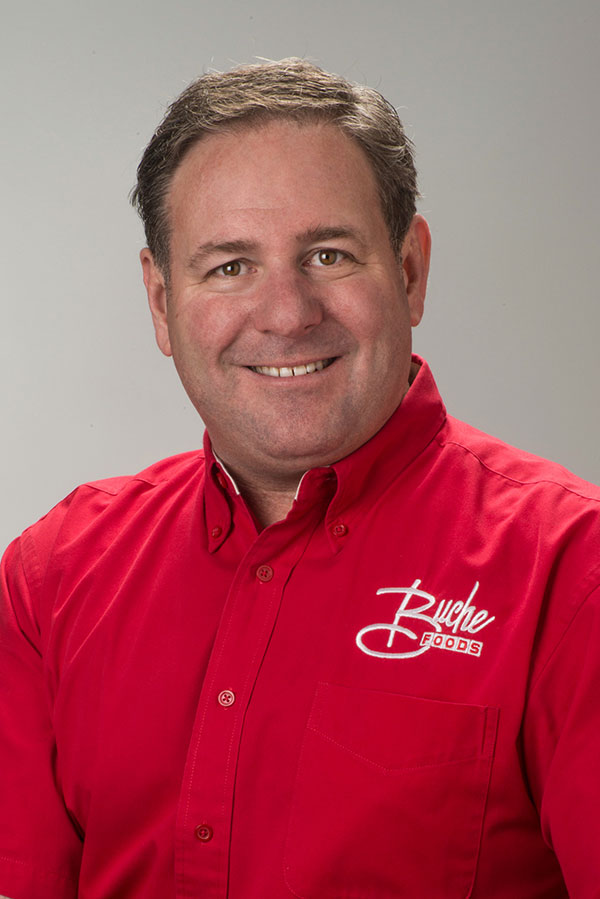
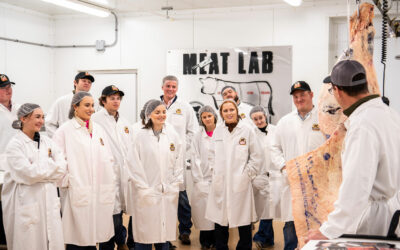

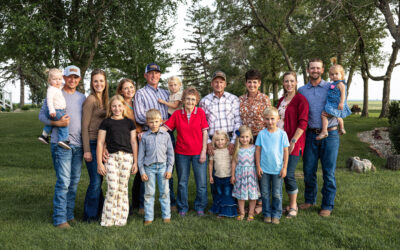

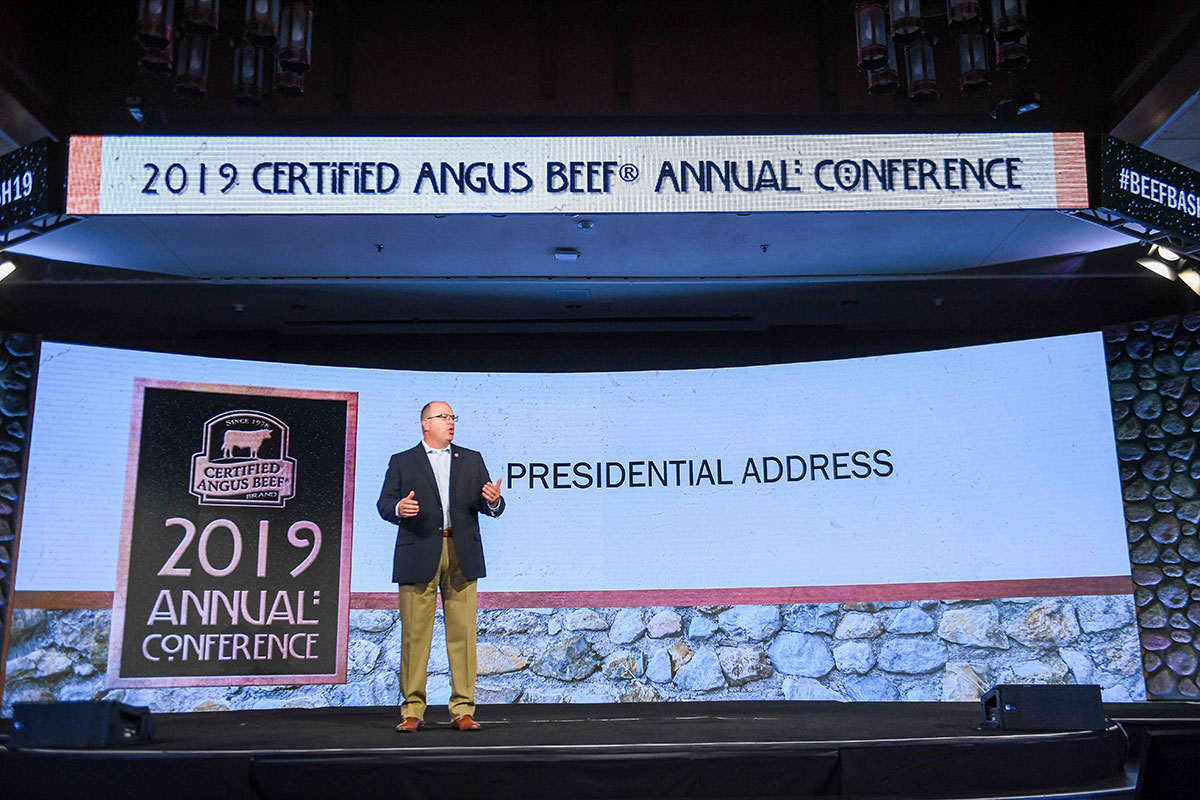

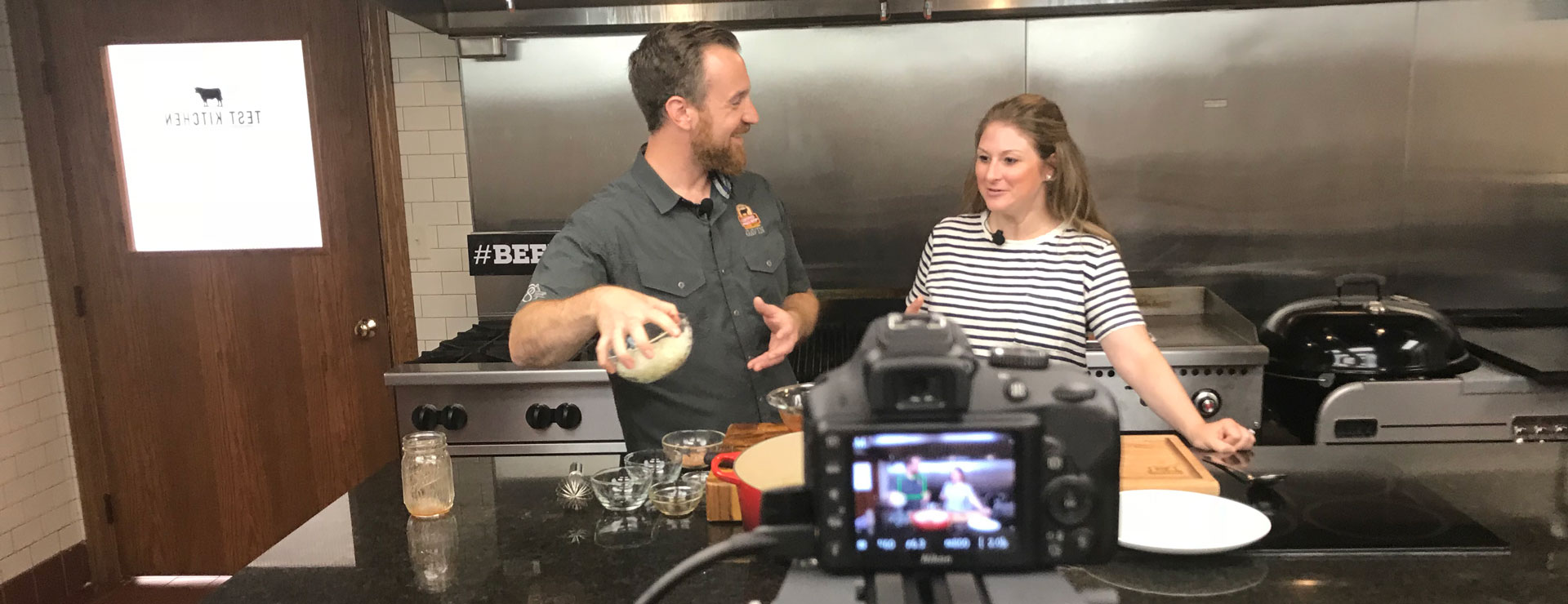
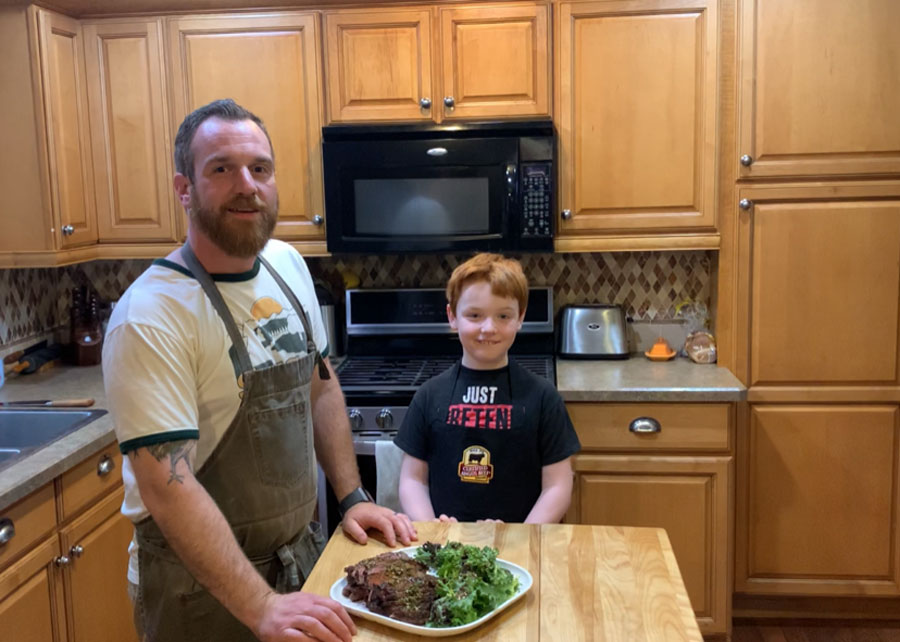






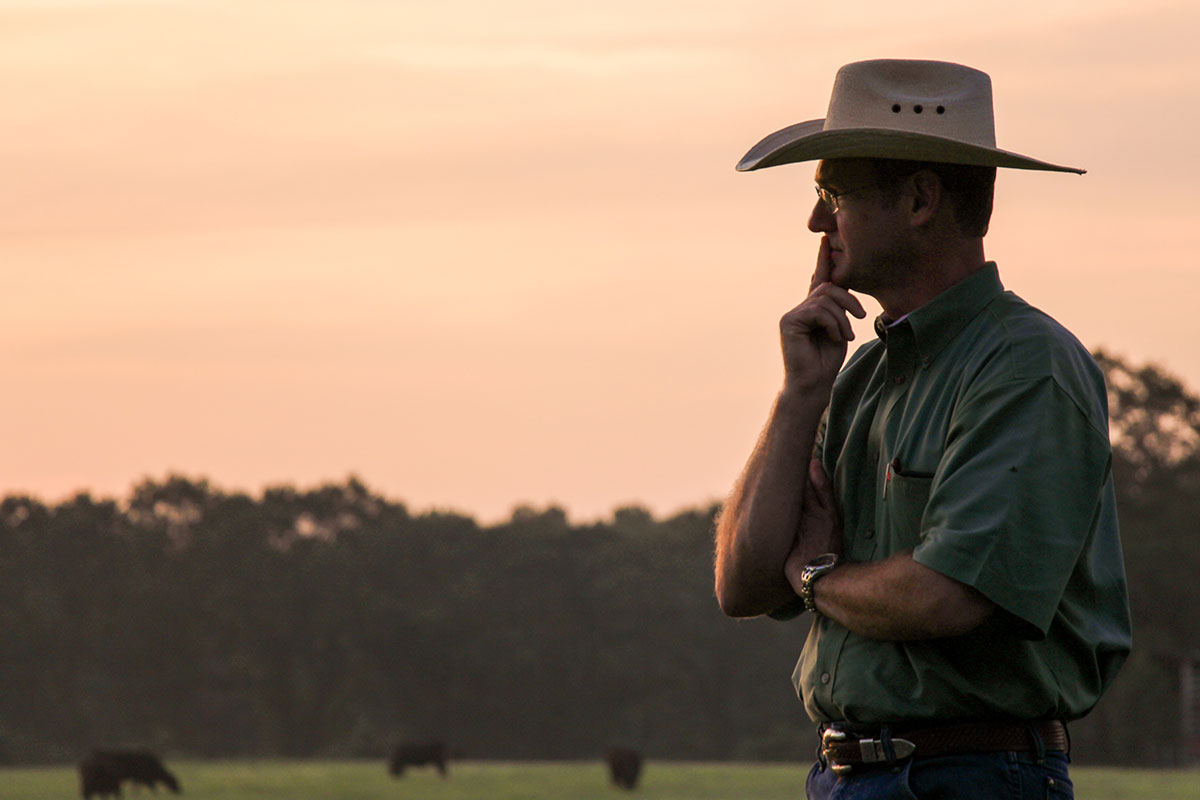
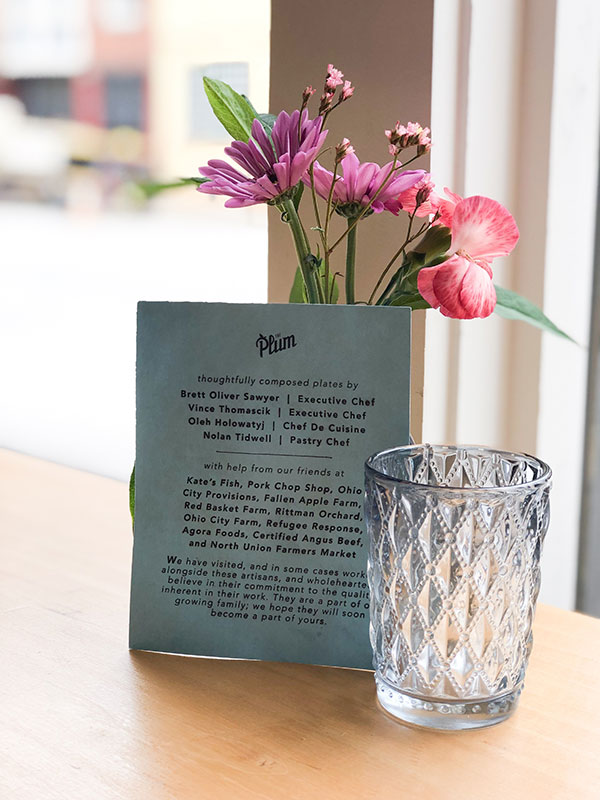
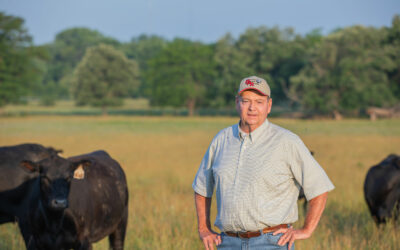

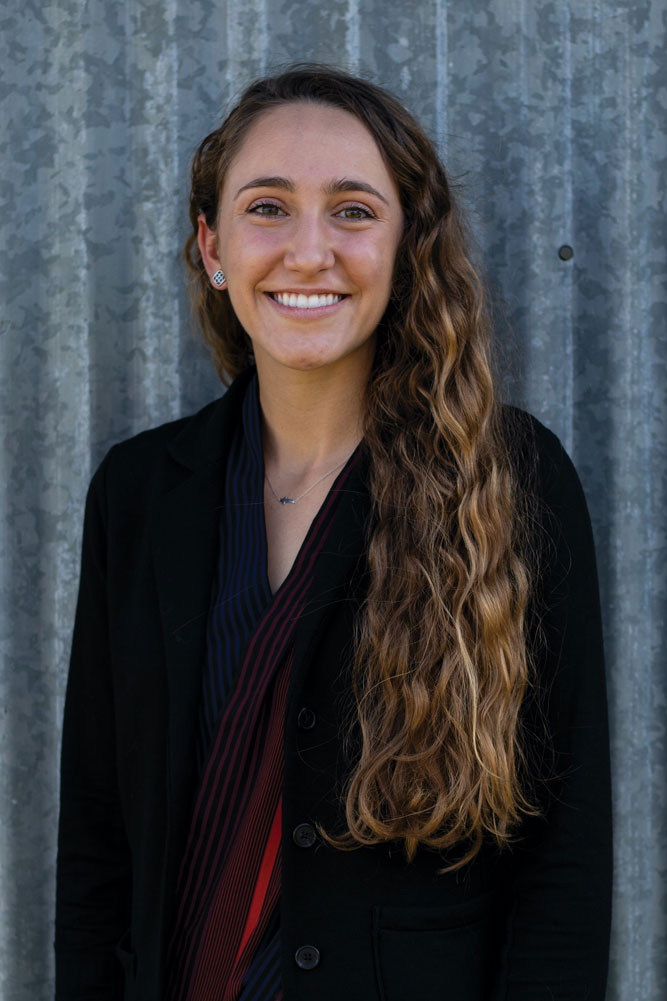 “When we find someone who has both firsthand ag experience coupled with writing talent—that’s the magic combination,” says Miranda Reiman, director of the producer communications team. “Her background, education and creativity are helping us connect with the cattlemen and women who produce for the brand.”
“When we find someone who has both firsthand ag experience coupled with writing talent—that’s the magic combination,” says Miranda Reiman, director of the producer communications team. “Her background, education and creativity are helping us connect with the cattlemen and women who produce for the brand.”

